
|
|
|
| synonym |
Ceresa stimulea |
| description |
This species is brownish overall, typically a mixture of dark brown to blcakish and lighter brown, with long, prominent and recurved pronotal horns. There is a distinctive, pronounced curve to the pronotum. The horns have broad dark brown margins, contrasting with the rest of the body. Some individuals may have a fairly dark pronotal crest, and some individuals may have a partially green pronotum. The legs are also a dark brown color. Males are 7 to 8 mm long, while females are 8 to 9 mm (FSCA). |
| distribution |
Southeastern United States, north to Maryland (FSCA) |
| abundance |
Uncommon to rare, scattered records across the state. |
| seasonal_occurrence | |
| habitat |
Has been found near mixed hardwood forest. |
| plant associates |
Vitis prob. vulpina (CTNC); has also been found on Carya sp., Myrica cerifera, Prunus serotina, Quercus spp. (including Q. phellos), Solidago, and Smilax elsewhere (FSCA). |
| behavior |
To listen to the male courtship call for this genus, listen here. These courtship calls are not audible to the human ear, and the calls here are produced by recording the substrate vibrations that the treehoppers use to communicate through the plants themselves. The recorded call is then amplified so that it is now audible to human ears. Research has shown that treehoppers use vibrations to attract mates, to announce the discovery of a good feeding site, or to alert a defending mother to the approach of a predator (T.IM). |
| comments |
NOTE: Specimens of S. taurina, S. tauriniformis, S. palmeri, and S. brevitylus could be confused with S. stimulea, and therefore a species level ID may not always be possible for uniformly dark individuals. "True" S. stimulea are a mixture of brown and blackish coloration. |
status |
[Native:]
[Introduced:]
[Extirpated:] | | list_type |
[Official:]
[Provisional:] |
| adult_id | Unmistakable and widely known Identifiable from good quality photos of unworn specimens
Identifiable from photos showing undersides, or other specialized views [e.g., legs, face]
Identifiable only by close inspection of structural features or by DNA analysis NULL |
| nymph_id | Unmistakable and widely known Identifiable from good quality photos, especially where associated with known host plants
Identifiable from close inspection of specimens or by DNA analysis
Identifiable only through rearing to adulthood NULL |
| G_rank |
|
| S_rank |
|
| rank_comments |
|
| tribe |
Ceresini |
| subgenus |
|
Species Photo Gallery for Stictocephala stimulea No Common Name |
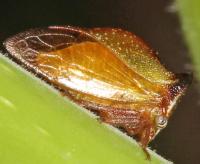 | Photo by: Harry Wilson
Wake Co.
Comment: | 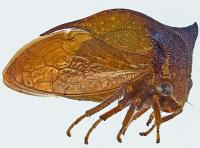 | Photo by: William Fisher
Orange Co.
Comment: |
 | Photo by: William Fisher
Orange Co.
Comment: | 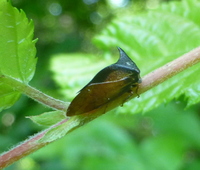 | Photo by: F. Williams, S. Williams
Gates Co.
Comment: MEMI |
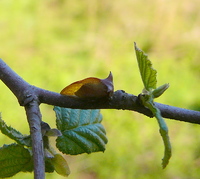 | Photo by: FKW
Gates Co.
Comment: MEMI | 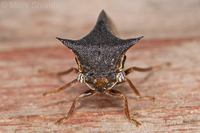 | Photo by: Mark Shields
Onslow Co.
Comment: |
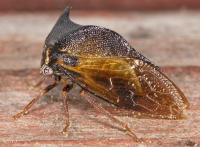 | Photo by: Mark Shields
Onslow Co.
Comment: | 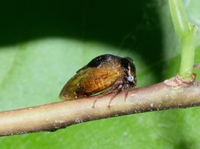 | Photo by: Scott Bolick
Guilford Co.
Comment: |
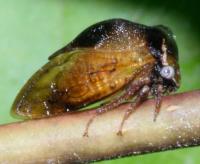 | Photo by: Scott Bolick
Guilford Co.
Comment: | 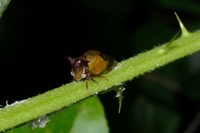 | Photo by: Scott Bolick
Guilford Co.
Comment: |
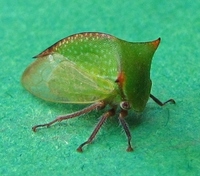 | Photo by: Ken Kneidel
Mecklenburg Co.
Comment: 7 mm | 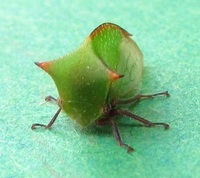 | Photo by: Ken Kneidel
Mecklenburg Co.
Comment: 7 mm |
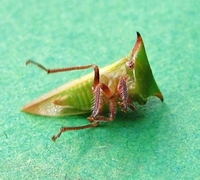 | Photo by: Ken Kneidel
Mecklenburg Co.
Comment: 7 mm |

 »
»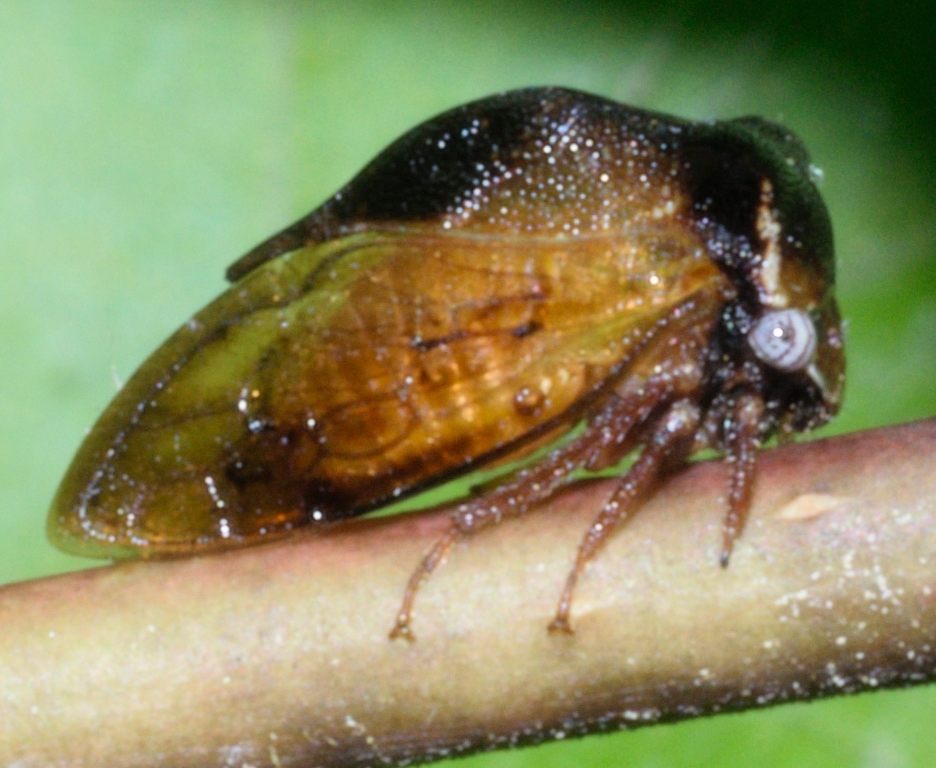
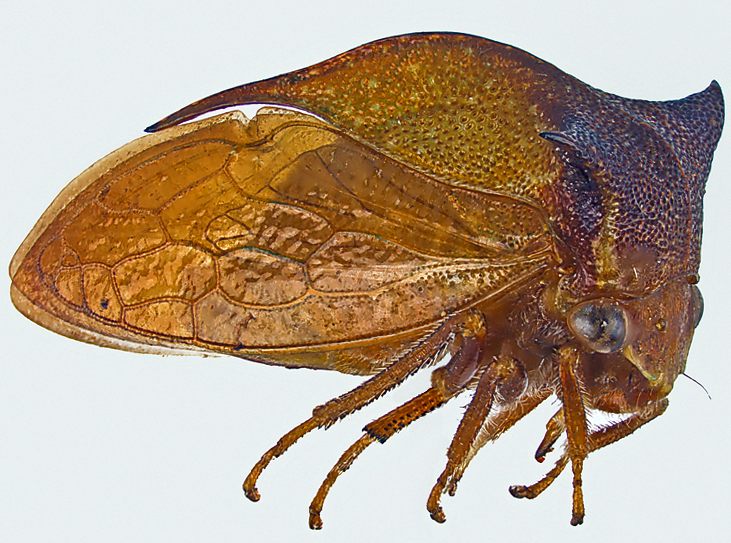
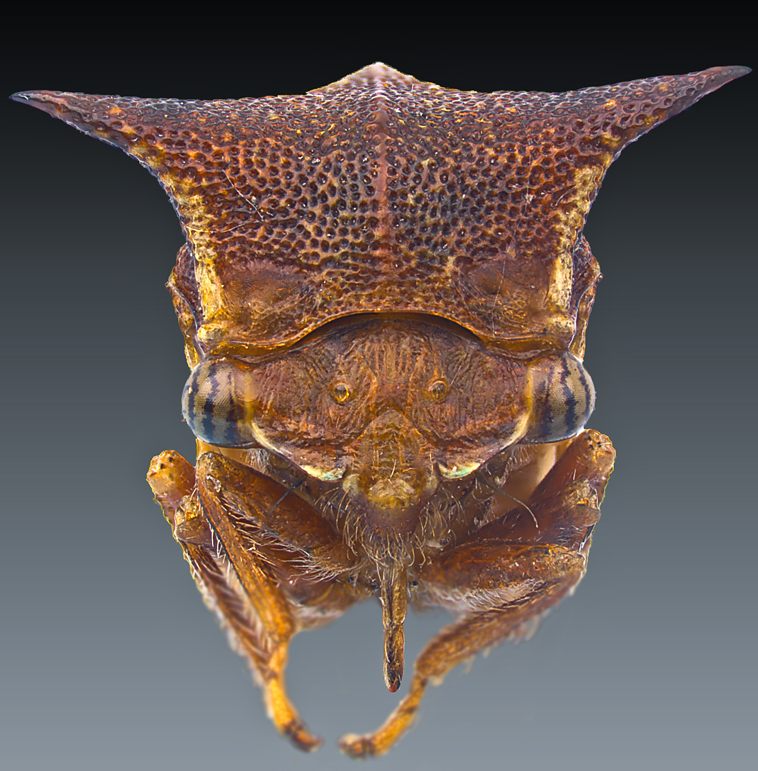


 »
»


